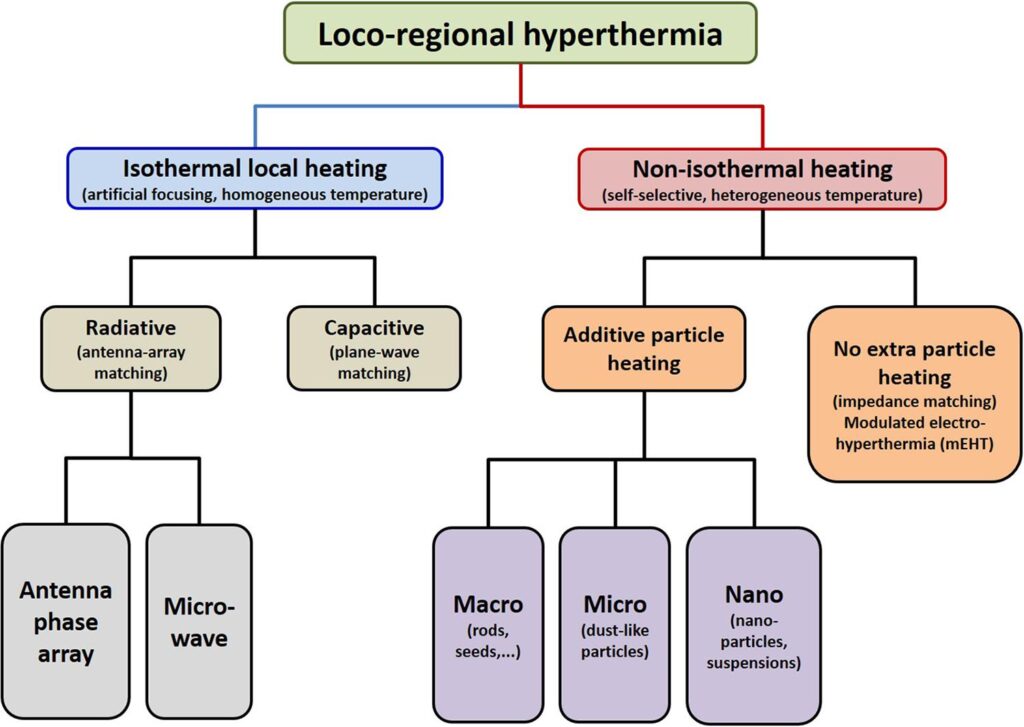Malignant Hyperthermia, often abbreviated as MH, is a rare but life-threatening condition that can occur during or after anesthesia. It is characterized by a rapid rise in body temperature and severe muscle contractions. This guide will provide an in-depth understanding of the causes, symptoms, and treatment options for this medical emergency.
Understanding Malignant Hyperthermia
Malignant Hyperthermia is a genetic disorder that affects the muscles’ ability to regulate calcium levels. When exposed to certain triggers, such as specific anesthetic agents, individuals with this condition may experience a dangerous reaction. Understanding the underlying mechanisms and risk factors is crucial for early detection and management.
Causes of Malignant Hyperthermia
The primary cause of this condition lies in genetic mutations that affect the skeletal muscles’ response to certain substances. These mutations are typically inherited in an autosomal dominant pattern, meaning that a person only needs to inherit one copy of the mutated gene from one parent to be at risk.
- Genetic Mutations: The most common mutation occurs in the ryanodine receptor gene, which plays a key role in controlling calcium release in muscle cells.
- Anesthetic Triggers: Specific inhalational anesthetics, such as halothane, sevoflurane, and desflurane, along with the muscle relaxant succinylcholine, are known triggers.
- Familial History: Individuals with a family history of this condition are at higher risk, emphasizing the importance of thorough preoperative screening.
Symptoms of Malignant Hyperthermia
Recognizing the symptoms early is critical for timely intervention. The onset of symptoms can occur shortly after exposure to triggering agents and may progress rapidly.
- Rapid Increase in Body Temperature: One of the hallmark signs is an uncontrolled rise in body temperature, often exceeding 104 degrees Fahrenheit.
- Muscle Rigidity: Severe muscle stiffness, particularly in the jaw, is a common symptom.
- Rapid Heart Rate: Tachycardia, or an abnormally fast heart rate, is frequently observed.
- Rapid Breathing: Patients may exhibit increased respiratory rate as the body attempts to compensate for metabolic changes.
- Brown or Dark Urine: This can indicate muscle breakdown, a serious complication of the condition.
Diagnosing the Condition
Diagnosis can be challenging due to the rarity of the condition and the variability of symptoms. However, prompt identification is essential to prevent complications.
Clinical Assessment
A detailed patient history, including any familial predisposition, is the first step in diagnosis. During surgery, if a patient exhibits symptoms such as unexplained fever or muscle rigidity, healthcare providers should consider this condition as a potential cause.
Laboratory Tests
Several laboratory tests can help confirm the diagnosis:
- Blood Tests: Elevated levels of creatine kinase and myoglobin in the blood indicate muscle damage.
- Arterial Blood Gas Analysis: This test can reveal acidosis, a condition where there is too much acid in the body fluids.
- Muscle Biopsy: In some cases, a biopsy of the muscle tissue may be performed to assess the response to caffeine and halothane in a controlled environment.
Treatment Options
Immediate treatment is required to manage this condition effectively and prevent potentially fatal outcomes.
Emergency Interventions
When a suspected case arises, the following steps should be taken immediately:
- Discontinuation of Triggering Agents: All anesthetic agents suspected of causing the reaction must be stopped immediately.
- Hyperventilation: Increasing the ventilation rate can help reduce carbon dioxide levels in the blood.
- Cooling Measures: Applying ice packs, cooling blankets, and intravenous cold fluids can help lower body temperature.
Administration of Dantrolene
Dantrolene is the only specific treatment available for this condition. It works by inhibiting the release of calcium from the sarcoplasmic reticulum in muscle cells, thereby reducing muscle contractions and metabolic activity.
- Dosage: The initial dose is typically administered intravenously and may be repeated until symptoms subside.
- Monitoring: Continuous monitoring of vital signs and laboratory values is essential during treatment.
Supportive Care
In addition to specific treatments, supportive care measures are crucial for stabilizing the patient:
- Fluid Management: Intravenous fluids are administered to maintain hydration and support kidney function.
- Correction of Electrolyte Imbalances: Abnormalities in potassium, calcium, and other electrolytes must be addressed promptly.
- Oxygen Therapy: Supplemental oxygen may be required to ensure adequate oxygenation.
Preventive Measures
Preventing episodes of this condition involves careful planning and communication between patients and healthcare providers.
Preoperative Screening
Prior to surgery, patients should be asked about any personal or family history of adverse reactions to anesthesia. Those identified as high-risk may require alternative anesthetic techniques.
Education and Awareness
Educating both healthcare professionals and patients about the risks and signs of this condition can facilitate quicker recognition and treatment. Medical alert bracelets or cards can also inform healthcare providers of the patient’s susceptibility.
Safe Anesthetic Practices
Anesthesiologists should be familiar with the safe use of anesthetic agents and have protocols in place for managing suspected cases. Having dantrolene readily available in surgical settings is a critical preventive measure.
Long-Term Management
While this condition is typically managed acutely, long-term considerations are important for those diagnosed with the genetic predisposition.
Regular Follow-Up
Patients who have experienced an episode should have regular follow-up appointments to monitor for any lingering effects on muscle function or organ systems.
Genetic Counseling
Genetic counseling can provide valuable information for patients and their families about inheritance patterns and future risks. This can guide family members in making informed decisions about their healthcare.
Lifestyle Modifications
Although lifestyle changes cannot prevent the condition, maintaining overall health and avoiding unnecessary exposure to triggering agents can reduce risks. Patients should inform all healthcare providers about their condition before any medical procedure.





